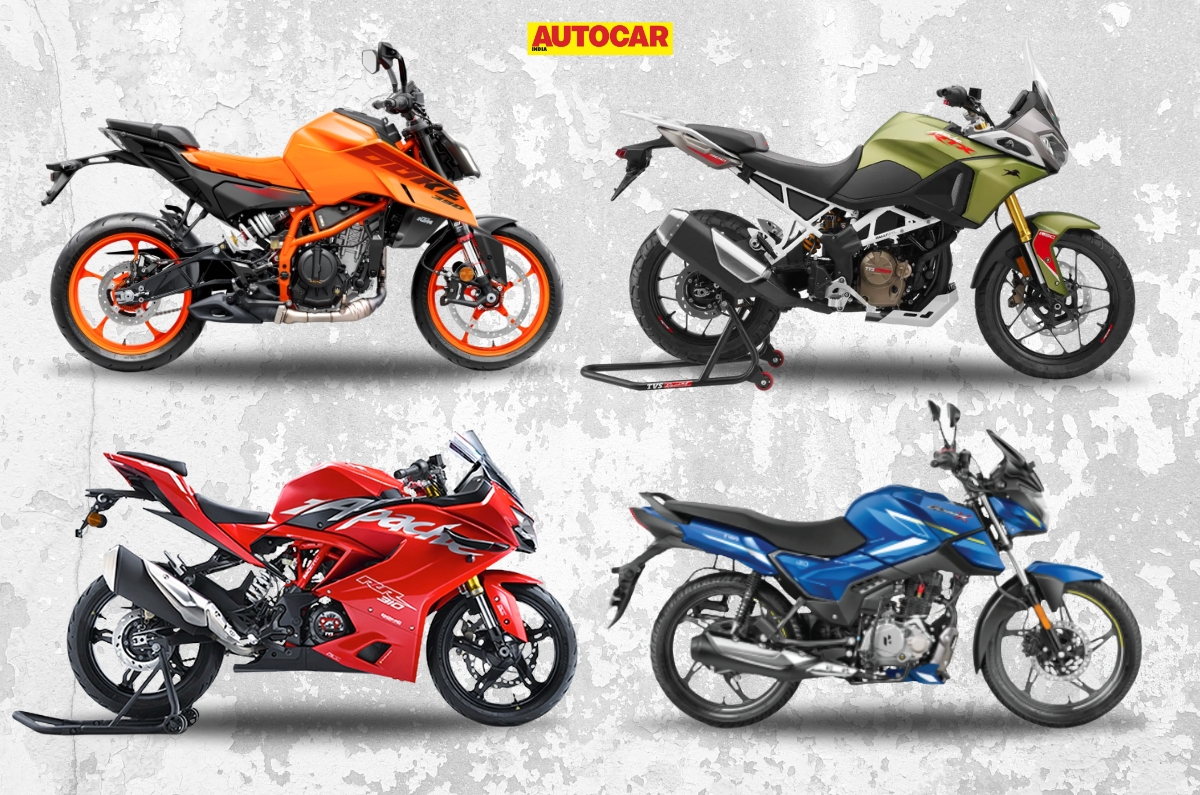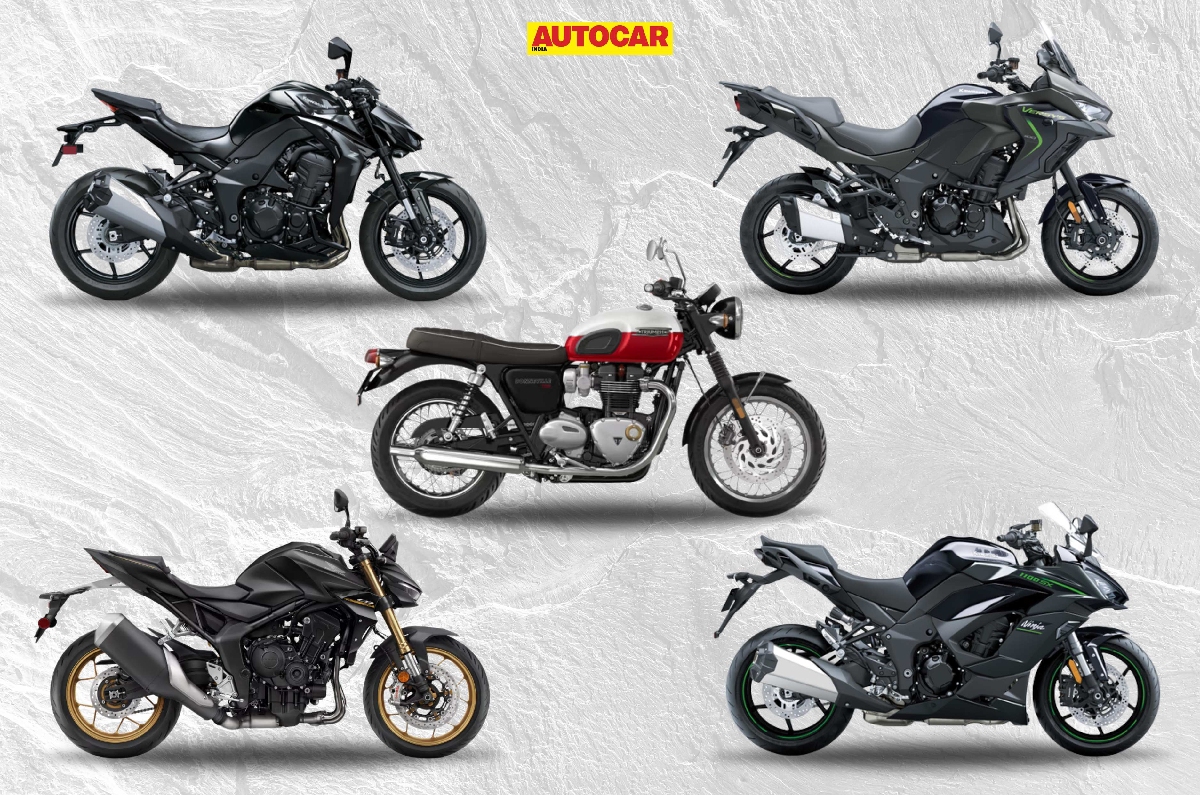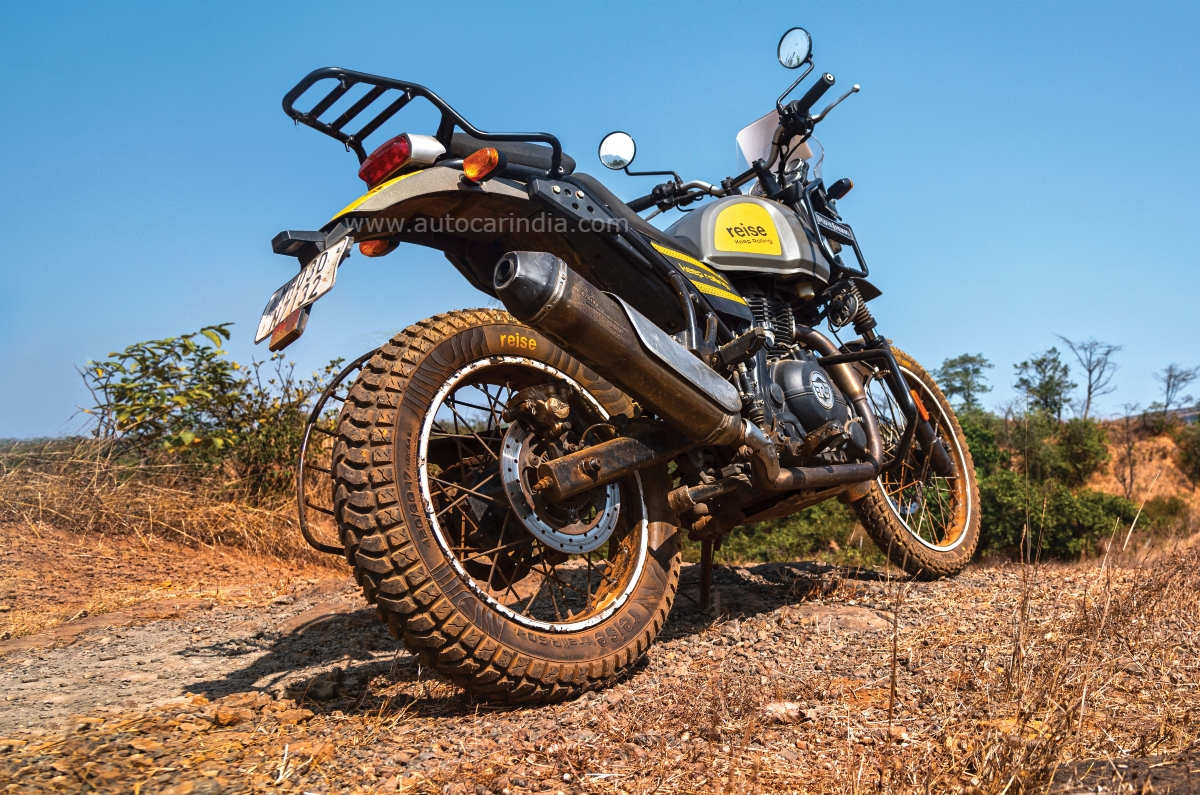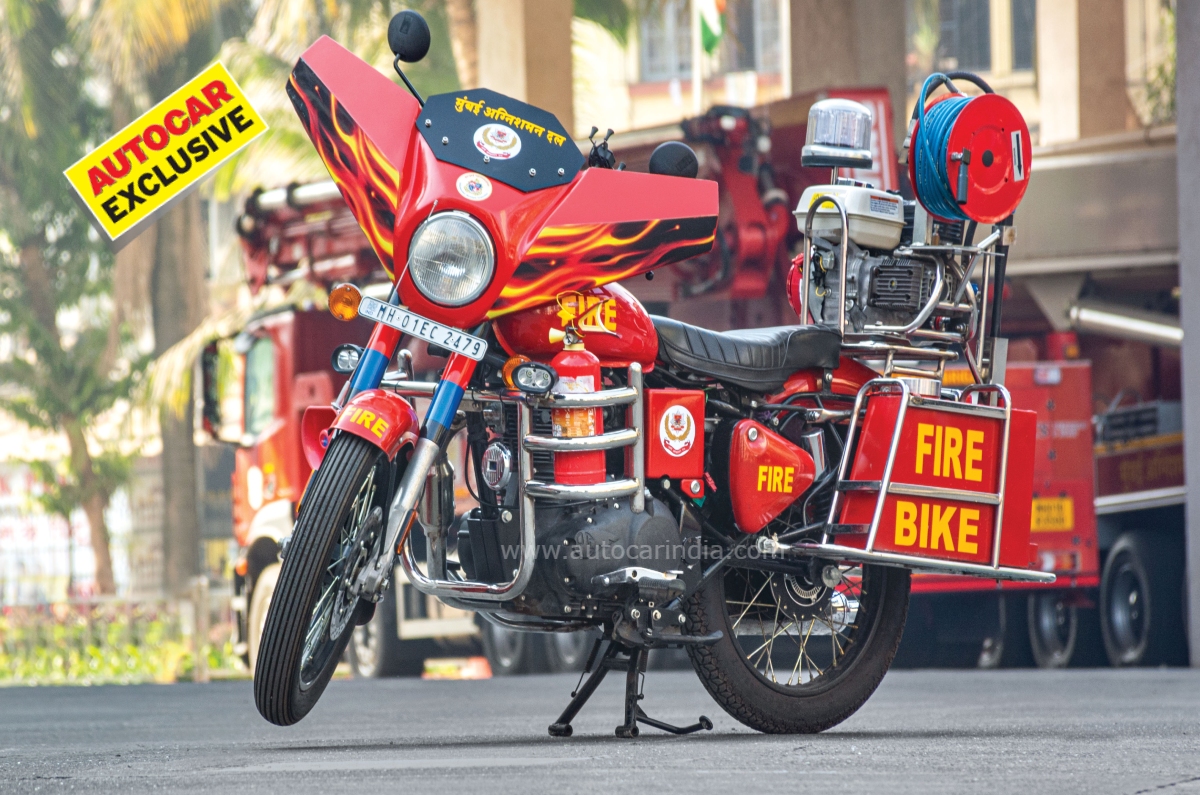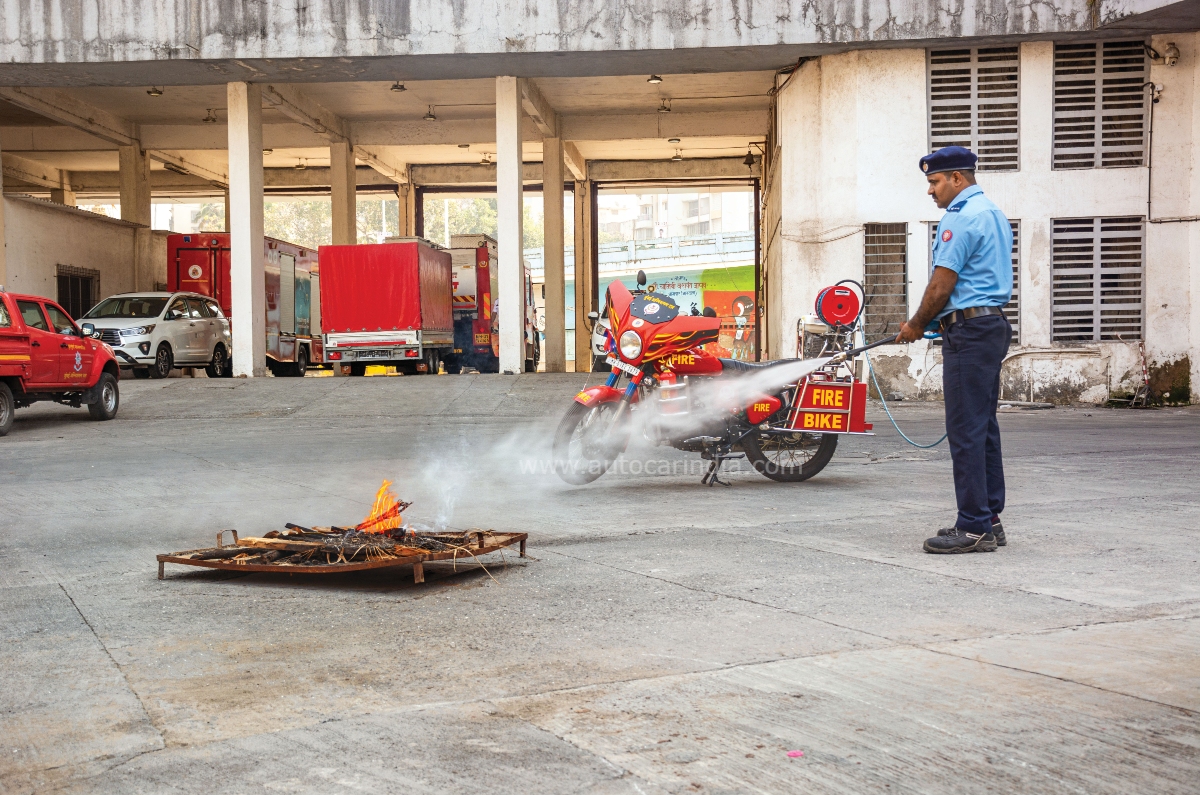Cleaning your bike or scooter may sound like a fairly straightforward two-step affair of washing and drying, but the way you go about doing it can be critical. Oh yes, critical! Incorrectly cleaning your two-wheeler can damage your paint finish and lead to any two-wheeler owner's worst nightmare – rust.
If you have washed a four-wheeler yourself, you would know that all that’s got to be done to get it shiny is wash the body and the glass. However, when it comes to two-wheelers, cleaning is a much more intricate and time-consuming process. Two-wheelers have corners, creases, cables, edges and switchgear unhidden. To add to that, some bikes also have the engine, gearbox, chain and sprockets on display, all of which require correct cleaning.
1. Where should you do it?

One of the most basic but commonly overlooked steps of this process is finding the correct spot to wash your two-wheeler. Look for a tiled or cemented surface to begin with, avoid soil or else you will end up giving your two-wheeler and yourself a mud bath. Another important tip is to have good drainage or else you will end up splashing the dirty water back on to your two-wheeler.
2. Cloth-picker

Invest in a pack of microfiber towels or regular clean soft cloth pieces (old, worn-out cotton t-shirts fit the bill). Have at least four to be on the safe side, two for the engine, wheels and other mechanical parts when wet/dry, and two for the tank and other bodywork when wet/dry. This is done to avoid swirl marks and scratches on the bodywork. Having additional rags on hand will come in handy when cleaning greasy parts like the forks, the underside of the engine and the chain cover.
3. Gentle shower, not a downpour

Having the power of the gods doesn’t mean you have to bring down a rainstorm on your two-wheeler. If you have a pressurised washer, adjust it to a lower setting before you start spraying. Start wetting the bike from top to bottom and avoid direct contact with electrical and mechanical spots at first. Adjust to the lowest setting for these areas and completely avoid pressure washing on an older motorcycle or scooter – a damp cloth should work just fine in this situation.
4. Fuel stays inside the tank

Avoid using detergent or soap-based products meant for cleaning utensils on your two-wheeler. These products have chemicals that can harm the paint’s finish. The use of fuel like diesel is quite widespread to clean two-wheelers in India and even though it does a quick job at cleaning up your bike, it damages the paint permanently. Stick to automotive shampoos at all costs and normal hair shampoos at a pinch.
5. The complete job

If you are looking for a proper cleaning, the key is in the details and there are no two ways about it. Every single crevice on your two-wheeler needs to be cleaned thoroughly. Areas between the engine and the fuel system may be difficult to reach but a simple toothbrush could work wonders (just don’t reuse that on yourself!). Cleaning each spoke on an older motorcycle (or neo-retro model) may seem tedious but will prove to be extremely rewarding seeing them glistening in the sun later.
6. Dry to the bone

When drying your motorcycle, make sure to use a completely dry, clean cloth and start with the bodywork and then move on to the remaining bits. As mentioned earlier, it is best to have a separate cloth for the bodywork and the mechanicals. Since most of us don’t have access to pressured air, it is best to take a quick spin on a clean road so that air can dry out the aforementioned corners and creases. A neat final touch would be applying a thin layer of Vaseline on chrome parts to protect them, especially if you live near the sea or ride in the monsoon.
Are there any other additions you would like to make to this list? Let us know in the comments section below.



